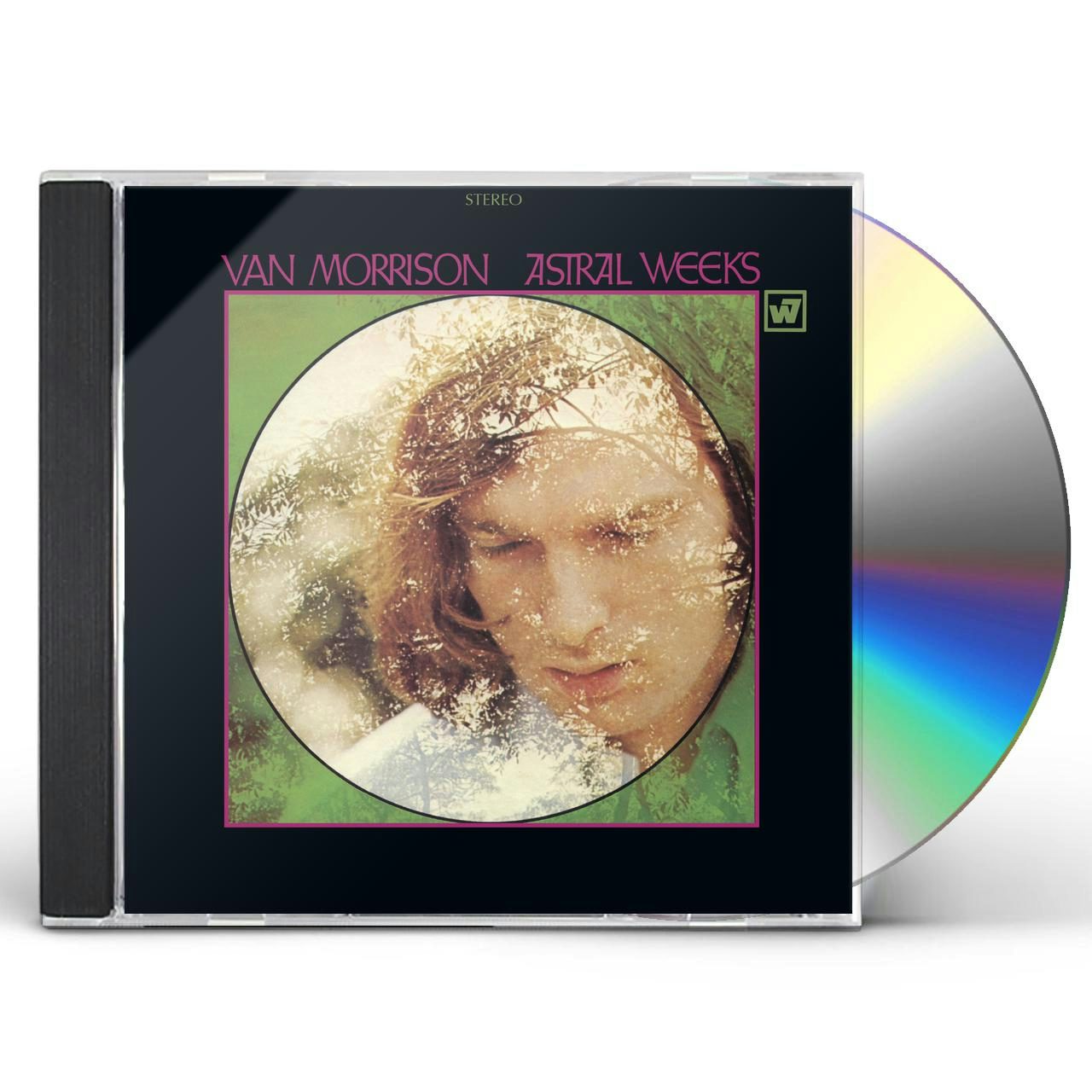

Morrison has called the sessions that produced the album “uncanny,” adding that “it was like an alchemical kind of situation.” A decade later, Lester Bangs called the album “a mystical document” and “a beacon, a light on the far shores of the murk.” Bruce Springsteen said that it gave him “a sense of the divine.” The critic Greil Marcus equated the album to Bob Beamon’s record-shattering long-jump performance at the Mexico City Olympics, a singular achievement that was “way outside of history.”īoston was home to the other major figure in Walsh’s book, Mel Lyman, a musician who reinvented himself as the messianic leader of a commune in the Fort Hill area of Roxbury, where he and his followers, known as the Lyman “Family,” commandeered an entire neighborhood of houses. Many of the songs were captured on the first or second take. In November, 1968, the irascible songwriter from Belfast released a jazz-influenced acoustic song cycle that featured minimal percussion, an upright bass, flute, harpsichord, vibraphone, strings, and stream-of-consciousness lyrics about being transported to “another time” and “another place.” The album was recorded in three sessions, with the string arrangements overdubbed later.

Van Morrison’s “Astral Weeks” has always seemed like a fluke.


 0 kommentar(er)
0 kommentar(er)
